Home>diy>Building & Construction>How Does A New Home Construction Loan Work


Building & Construction
How Does A New Home Construction Loan Work
Modified: December 7, 2023
Learn how a new home construction loan works, from the application process to loan approval, and financing options for building-construction.
(Many of the links in this article redirect to a specific reviewed product. Your purchase of these products through affiliate links helps to generate commission for Storables.com, at no extra cost. Learn more)
Introduction
Building your dream home from the ground up is an exciting and fulfilling experience. However, the process of financing a new home construction project can be complex and overwhelming. This is where a new home construction loan can come to the rescue. A new home construction loan is specifically designed to provide the necessary funds to build a new home.
Whether you are a first-time homeowner or a seasoned real estate investor, understanding how a new home construction loan works is essential in ensuring a smooth and successful construction process. In this article, we will delve into the details of new home construction loans, their benefits, and the process involved in obtaining and repaying them.
So, let’s dive in and explore the world of new home construction loans!
Key Takeaways:
- Building your dream home with a new home construction loan offers flexibility, quality control, and energy efficiency. It’s a rewarding journey that requires careful planning and active involvement.
- Understanding loan eligibility, monitoring the construction process, and planning for loan repayment are crucial for a successful new home construction project. Embrace the journey and enjoy building your dream home!
Read more: How Does A Construction Loan Work
What is a New Home Construction Loan?
A new home construction loan is a type of loan specifically designed to provide the necessary funds for building a new home. Unlike traditional home loans, which are used to purchase existing homes, a new home construction loan provides financing that covers the construction process, including materials, labor, and the purchase of land if necessary.
One of the key differences between a new home construction loan and a traditional home loan is the disbursement of funds. With a construction loan, the funds are often distributed in installments, known as draws, based on the progress of the construction project. This ensures that the funds are appropriately allocated and utilized throughout the construction process.
Another important aspect of a new home construction loan is that it is a short-term loan, typically lasting from six months to a year. Once the construction is complete, the borrower then needs to secure long-term financing, such as a traditional mortgage, to pay off the construction loan.
It’s worth noting that new home construction loans may have higher interest rates compared to traditional home loans. This is because construction loans are considered to be riskier for lenders due to the uncertainty involved in the construction process and the lack of collateral in the form of a completed home.
Overall, a new home construction loan provides the necessary financial support to turn your dream home into a reality. It allows you to customize and build a home that suits your specific needs, preferences, and style.
Benefits of a New Home Construction Loan
A new home construction loan offers several benefits that make it an attractive option for individuals looking to build their dream home. Let’s explore some of the key advantages:
- Flexible Financing: New home construction loans provide flexibility in terms of financing. This means you can finance the construction costs, including land purchase, permits, materials, labor, and other related expenses. This allows for better budgeting and ensures that you have adequate funds to complete your project.
- Customized Design: Building a new home gives you the opportunity to create a space that is tailored to your specific needs and preferences. With a construction loan, you have the flexibility to work with architects and contractors to design and build a home that reflects your unique style and requirements.
- Quality Control: When you build a new home, you have greater control over the quality of construction materials and the workmanship. You can ensure that your home is built with the highest quality standards, which can result in a more durable and efficient living space.
- Increased Home Value: By constructing a new home, you have the opportunity to maximize the value of your property. Newer homes tend to have higher appraisal values, which can be advantageous if you plan on selling or refinancing in the future.
- Energy Efficiency: New homes can be built with energy-efficient features and technologies, such as insulation, solar panels, and smart home systems. These features not only reduce your carbon footprint but also result in long-term cost savings through lower utility bills.
- No Hidden Issues: When purchasing an existing home, there may be hidden issues or repairs that need to be addressed. With a new home construction loan, you have peace of mind knowing that everything is brand new and built to your specifications.
Overall, a new home construction loan provides you with the flexibility and control to create a customized, high-quality, and energy-efficient home that meets your needs and enhances your lifestyle.
The Process of Obtaining a New Home Construction Loan
Obtaining a new home construction loan requires careful planning and preparation. Here is a step-by-step guide to help you navigate through the process:
- Research and Budgeting: The first step is to research lenders and loan options to find the best fit for your needs. Consider factors such as interest rates, loan terms, and requirements. Determine your budget and calculate how much financing you will need for your construction project.
- Find a Licensed Architect and Builder: Engage the services of a licensed architect and builder to create detailed plans and estimates for your new home construction. The lender will require these documents to assess the feasibility and cost of your project.
- Gather Documentation: Prepare the necessary documentation, such as your personal financial statements, tax returns, employment history, and credit score. The lender will review these documents to assess your financial stability and creditworthiness.
- Loan Application: Submit a loan application to the lender of your choice. Provide all the required documents and information accurately and in a timely manner. Be prepared to answer any additional questions the lender may have about your project.
- Appraisal and Underwriting: The lender will conduct an appraisal of the construction project to determine its value. They will also evaluate your financial information and creditworthiness to assess the risk associated with the loan. This process is known as underwriting.
- Loan Approval: If the lender determines that you meet their criteria, they will approve your loan. You will receive a commitment letter outlining the terms and conditions of the loan.
- Loan Closing and Disbursement: Once the loan is approved, you will proceed to the closing phase. During the closing, you will sign the loan documents and pay any required fees. After closing, the loan funds will be disbursed as per the construction draw schedule.
- Start Construction: With the loan funds in hand, you can now begin the construction process. Keep in mind that the lender will typically conduct periodic inspections to ensure that the project is progressing as planned before disbursing subsequent draws.
- Completion and Conversion: Once the construction is complete, the lender will conduct a final inspection to ensure that the project meets all requirements. You will then need to convert the construction loan into a traditional mortgage or other long-term financing options to repay the loan.
It’s important to work closely with your lender, architect, and builder throughout the entire process to ensure a smooth and successful construction journey.
Determining Loan Eligibility
Before applying for a new home construction loan, it’s important to determine your eligibility. Lenders have certain criteria that borrowers must meet in order to qualify for a construction loan. Here are some factors that lenders typically consider when determining loan eligibility:
- Credit Score: A good credit score is essential when applying for any type of loan, including a new home construction loan. Lenders typically look for a credit score of 620 or above. A higher credit score can increase your chances of loan approval and may also result in more favorable interest rates.
- Income and Financial Stability: Lenders will assess your income and financial stability to determine your ability to repay the loan. This includes evaluating your debt-to-income ratio, which should be below a certain threshold. You will need to provide documentation such as tax returns, bank statements, and employment history to prove your financial stability.
- Down Payment: Construction loans often require a down payment, which is a percentage of the total cost of the construction project. The down payment amount varies depending on the lender and the specific loan program. Generally, a down payment of 20% is recommended, but some lenders may accept lower down payments with private mortgage insurance.
- Construction Plans and Budget: Lenders need detailed construction plans and a budget for your project. This includes architectural and engineering plans, a breakdown of the construction costs, and estimates from reputable contractors. The lender will review these documents to ensure that the project is feasible and reasonable.
- Land Ownership: If you already own the land on which you plan to build your new home, it can be used as collateral for the loan. However, if you haven’t purchased the land yet, the lender may consider including the land purchase in the loan amount. Regardless, the lender will evaluate the value and suitability of the land for construction purposes.
- Building Experience: Some lenders may require evidence of building experience, particularly if you plan to act as your own contractor. They may request proof of previous construction projects or qualifications in the construction industry.
Remember that each lender may have different eligibility requirements, so it’s important to research and compare multiple lenders to find the best fit for your financial situation and construction plans.
By understanding the factors that lenders consider when determining loan eligibility, you can better prepare yourself and increase your chances of obtaining a new home construction loan for your dream home.
When applying for a new home construction loan, make sure to have a detailed construction plan and budget in place. Lenders will want to see a clear outline of the project before approving the loan.
Read more: How Does Buying New Construction Work
Applying for a New Home Construction Loan
Once you have determined your eligibility for a new home construction loan, the next step is to apply for the loan. The application process involves several important steps to ensure that you present a strong case to the lender. Here’s a guide on applying for a new home construction loan:
- Gather Required Documentation: Before starting the application process, gather all the necessary documentation that the lender will require. This may include personal financial statements, tax returns, employment history, and any additional information that demonstrates your financial stability and creditworthiness.
- Research and Choose a Lender: Research various lenders and compare their loan terms, interest rates, fees, and reputations. Choose a lender who offers the best loan options and aligns with your financial goals and needs.
- Contact the Lender: Once you have selected a lender, contact them to initiate the application process. You can reach out to the lender directly or apply through their online portal, if available.
- Complete the Loan Application: Fill out the loan application form provided by the lender. Be thorough and accurate in providing all the required information. Double-check the application to ensure no errors or omissions.
- Submit the Application and Documentation: Submit the completed application along with the required documentation to the lender. It is advisable to submit the application in person or through a secure online platform if available.
- Potential Loan Interview: Depending on the lender’s requirements, you may be asked to attend an interview to discuss your application in more detail. This is an opportunity for the lender to clarify any questions or concerns they may have.
- Loan Processing: The lender will review your application and documentation to evaluate your creditworthiness, financial stability, and the feasibility of your construction project. They may also conduct an appraisal of the project site and plans.
- Loan Approval: If the lender determines that you meet their criteria, they will approve your loan. They will provide you with a commitment letter that outlines the terms and conditions of the loan.
- Acceptance and Closing: Review the commitment letter carefully and ensure that you understand and are comfortable with the terms and conditions. If everything meets your satisfaction, accept the loan offer and proceed to the closing phase.
- Closing and Disbursement: During the closing, you will sign the loan documents and pay any required fees. Following the closing, the loan funds will be disbursed according to the construction draw schedule, allowing you to start the construction process.
Keep in mind that each lender may have variations in their application process, so it’s crucial to communicate and follow the specific requirements outlined by the lender of your choice. By carefully completing the application and providing the necessary documentation, you increase your chances of successfully obtaining a new home construction loan.
Loan Approval and Disbursement
Once your new home construction loan application has been reviewed and approved by the lender, the loan approval and disbursement process can begin. This stage involves finalizing the loan terms and disbursing the funds for your construction project. Here’s what to expect during the loan approval and disbursement process:
- Review and Acceptance: Upon loan approval, carefully review the commitment letter provided by the lender. This document will outline the final terms and conditions of the loan, including the interest rate, repayment terms, and any other specific requirements. Make sure you fully understand and are comfortable with these terms before proceeding.
- Loan Closing: To finalize the loan, you will need to attend a loan closing meeting. This meeting typically involves signing the loan documents and paying any closing costs or fees associated with the loan. The specific requirements and processes may vary depending on the lender and your location.
- Construction Draw Schedule: Before the loan is disbursed, you and the lender will agree upon a construction draw schedule. This schedule outlines the specific milestones that need to be achieved during the construction process. Funds will be disbursed in installments, or “draws,” based on the completion of these milestones.
- Inspections and Verification: Throughout the construction period, the lender will conduct periodic inspections to verify the progress and quality of the construction. These inspections are crucial to ensure that the funds are being used appropriately and that the project is on track. The lender may require documentation, such as invoices and proof of completion, before releasing funds.
- Disbursement of Funds: Once an inspection is done and the required documentation is submitted, the lender will release the corresponding funds as per the construction draw schedule. The funds can be used to pay for construction-related expenses, such as materials, labor, permits, and subcontractor fees. It’s important to keep accurate records of all the expenses to facilitate the disbursement process.
- Monitoring and Compliance: Throughout the construction process, the lender will continue to monitor the progress and compliance with the loan terms. They may conduct additional inspections as necessary to ensure that the project is being completed as planned. It’s essential to communicate with the lender regularly and update them on the progress and any potential changes that may affect the loan disbursement.
Remember that the loan disbursement process requires coordination between you, the lender, contractors, and other professionals involved in the construction project. Keep accurate records, adhere to the agreed-upon construction draw schedule, and promptly provide any requested documentation or information to facilitate a smooth disbursement process.
By understanding the loan approval and disbursement process, you can effectively manage the financial aspects of your new home construction and ensure that the funds are available when needed to complete your dream home.
Monitoring the Construction Process
Once the funds from your new home construction loan have been disbursed and construction is underway, it’s crucial to closely monitor the progress of the project. Monitoring the construction process helps ensure that the project stays on track, meets your expectations, and remains within budget. Here are some important steps to consider when monitoring the construction process:
- Regular Site Visits: Visit the construction site regularly to observe the progress and communicate with the contractors and builders. This allows you to stay informed about the status of the project, address any concerns or changes, and provide necessary approvals.
- Communication with the Builder: Maintain open lines of communication with the builder or contractor throughout the construction process. Regularly discuss the project’s progress, any issues that arise, and any necessary modifications or adjustments to the original plans.
- Documenting the Process: Keep a thorough record of the construction process, including photographs, invoices, and any changes made during construction. This documentation can be helpful for insurance purposes, future reference, and any potential disputes that may arise later on.
- Reviewing Workmanship and Quality: Evaluate the quality of workmanship and the materials being used during site visits. Ensure that the construction follows the approved plans and meets the required building codes and regulations. If you notice any deficiencies or deviations, address them with the builder or contractor promptly
- Revising Plans or Budget: Sometimes, unforeseen circumstances or changes in preferences may require modifications to the original plans or adjustments to the budget. Stay vigilant and flexible to accommodate necessary changes while ensuring that they align with your overall vision and financial capability.
- Prompt Payment of Invoices: Ensure that invoices and payments to contractors, suppliers, and other professionals involved in the construction process are addressed promptly. This helps maintain good relationships and ensures the smooth flow of the construction project.
- Communicate with the Lender: Keep the lender informed about the progress of the construction project. Provide updates as required, such as milestones achieved, completion of significant phases, and any changes that may impact the disbursement schedule or loan agreement.
- Addressing Issues and Concerns: If any issues or concerns arise during the construction process, address them promptly. Communication and problem-solving with the builder, contractors, and other professionals involved are key to ensuring a successful and satisfactory construction outcome.
By actively monitoring the construction process, you can maintain control over the project, make informed decisions, and ensure that your new home is built to your satisfaction. Regular site visits, effective communication with the builder, and proper documentation will help you navigate the construction journey smoothly and achieve your dream home.
Repayment of the New Home Construction Loan
Once your new home construction is complete, it’s time to transition from the construction loan to a long-term financing option for the repayment of the loan. Here are important aspects to consider when repaying your new home construction loan:
- Conversion to Permanent Financing: Most construction loans are temporary and require conversion to permanent financing once the construction is complete. This can be done through a mortgage or another suitable long-term financing option. Consult with your lender to determine the best option for your specific needs and circumstances.
- Loan Repayment Terms: Understand the repayment terms associated with your permanent financing option. This includes the interest rate, repayment period, and monthly payment amounts. Review the terms carefully and ensure they align with your financial capabilities and goals.
- Interest-Only Period: Some construction loans offer an interest-only period during the construction phase. This means that during this period, you are only required to make interest payments on the loan. However, once the construction is complete, you will need to start making principal and interest payments.
- Budgeting for Mortgage Payments: Calculate your budget to ensure that you can comfortably afford the mortgage payments after the construction loan is converted. Consider factors such as your monthly income, other financial obligations, and potential changes in interest rates.
- Refinancing Possibilities: As your financial situation evolves, you may consider refinancing your permanent financing to take advantage of better interest rates or repayment terms. This can potentially lower your monthly payments or provide other financial benefits. Consult with your lender to explore refinancing options when appropriate.
- Timely Payments: Make your mortgage payments on time to maintain a good credit history and avoid any potential penalties or fees. Late payments can negatively impact your credit score and overall financial well-being.
- Consideration of Prepayment: Evaluate whether prepayment of your mortgage is a viable option for you. Some homeowners may choose to make additional payments towards the principal to pay off the loan faster or reduce the overall interest paid over the life of the loan. Check with your lender to determine if there are any prepayment penalties or restrictions.
- Financial Planning: It’s always wise to engage in proper financial planning to ensure that loan repayment is manageable and aligns with your long-term financial goals. Consider working with a financial advisor who can provide guidance and assist you in making informed decisions.
Remember, the process of repaying your new home construction loan requires careful consideration, budgeting, and timely payments. By understanding the terms of your long-term financing, making appropriate financial plans, and staying disciplined in your repayment, you can successfully fulfill your loan obligations while enjoying the comfort and satisfaction of your newly constructed home.
Conclusion
Building your dream home from the ground up is an exciting and rewarding experience. A new home construction loan provides the financial support necessary to make this dream a reality. By understanding the process of obtaining a new home construction loan and the responsibilities that come with it, you can navigate through the construction journey with confidence and success.
Throughout this article, we have explored the key aspects of new home construction loans, including their definition, benefits, application process, loan approval and disbursement, and the repayment phase. We discussed the importance of determining loan eligibility, gathering documentation, and choosing the right lender. We also highlighted the significance of monitoring the construction process, communicating effectively with builders, and making timely payments.
Remember, the construction of a new home requires careful planning, budgeting, and coordination. It’s essential to work closely with architects, builders, and lenders to ensure that your vision is realized on time and within budget. Regular site visits, open communication, and thorough documentation are vital in monitoring the construction progress and addressing any concerns or changes that may arise.
As the construction nears completion, it’s important to prepare for the transition to long-term financing by understanding the terms of your permanent financing option. Budgeting for mortgage payments, making timely payments, and considering refinancing opportunities can help you manage your loan repayment effectively while maximizing your financial well-being.
In closing, obtaining a new home construction loan opens doors to the possibilities of building a customized, high-quality, and energy-efficient home that suits your lifestyle and preferences. By following the steps outlined in this article and staying actively involved throughout the construction process, you can turn your dream home into a reality.
So, embrace the journey, stay organized, and enjoy the process of constructing your dream home from the ground up!
Frequently Asked Questions about How Does A New Home Construction Loan Work
Was this page helpful?
At Storables.com, we guarantee accurate and reliable information. Our content, validated by Expert Board Contributors, is crafted following stringent Editorial Policies. We're committed to providing you with well-researched, expert-backed insights for all your informational needs.
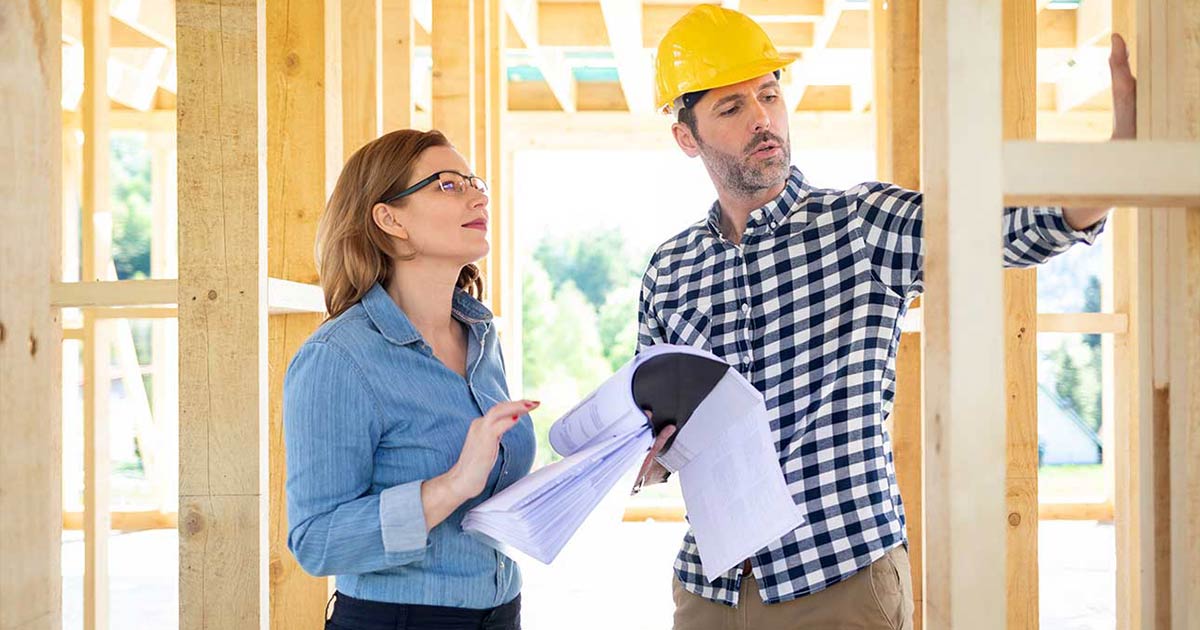
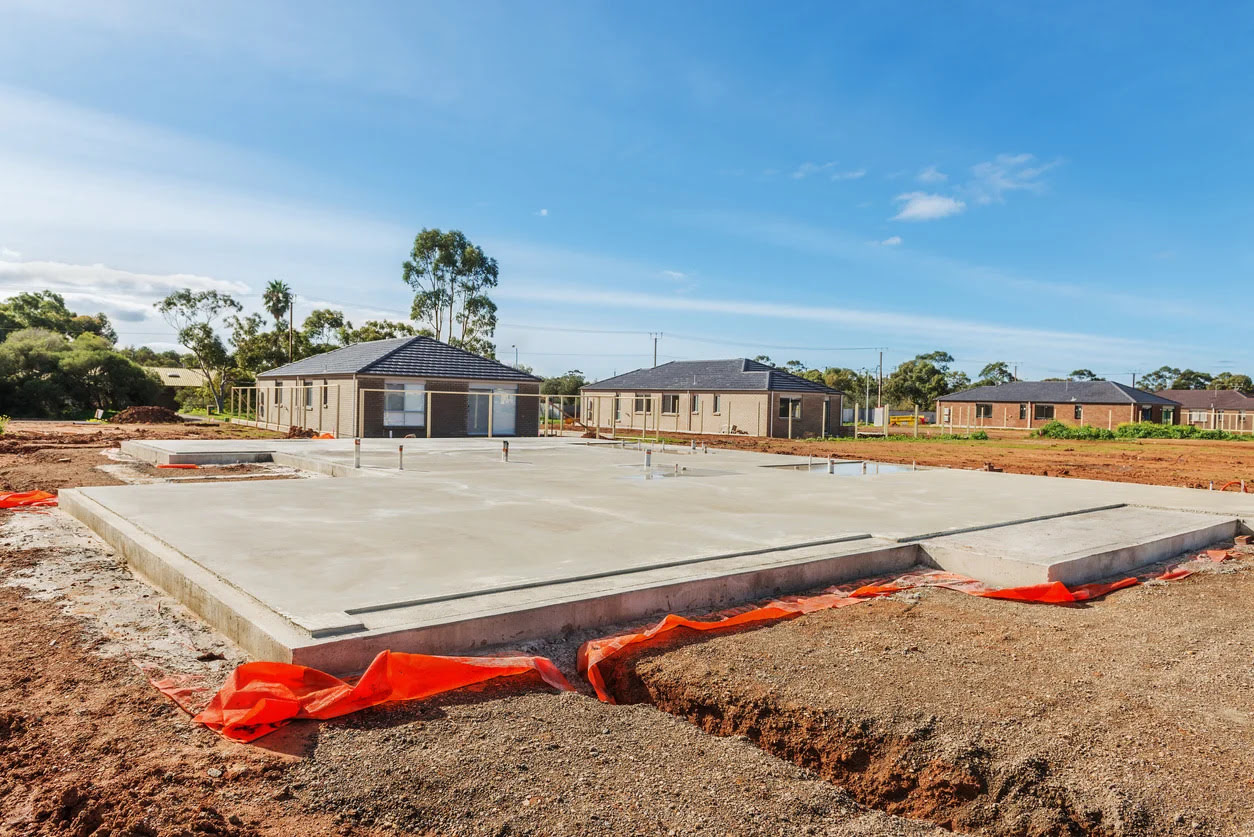



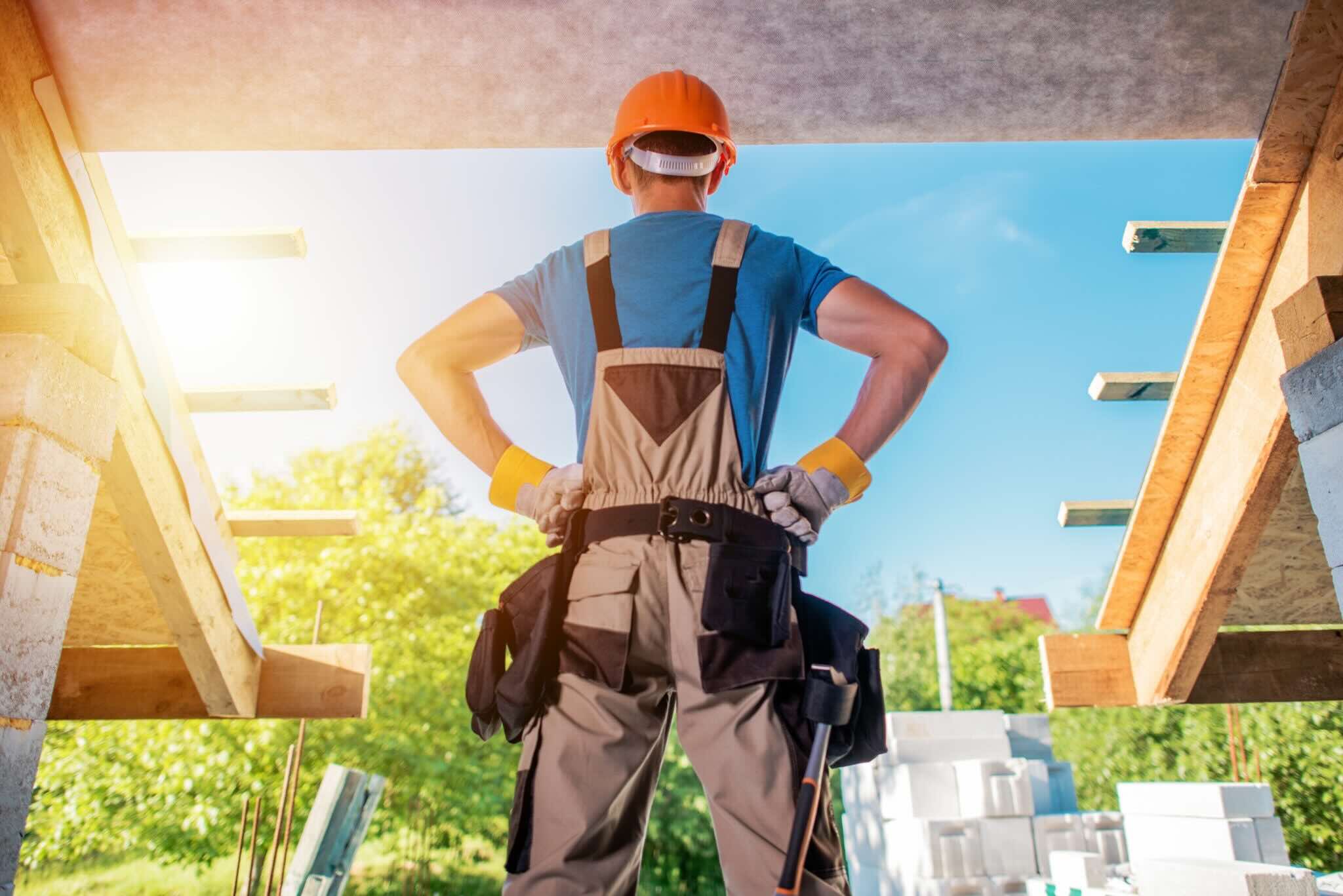
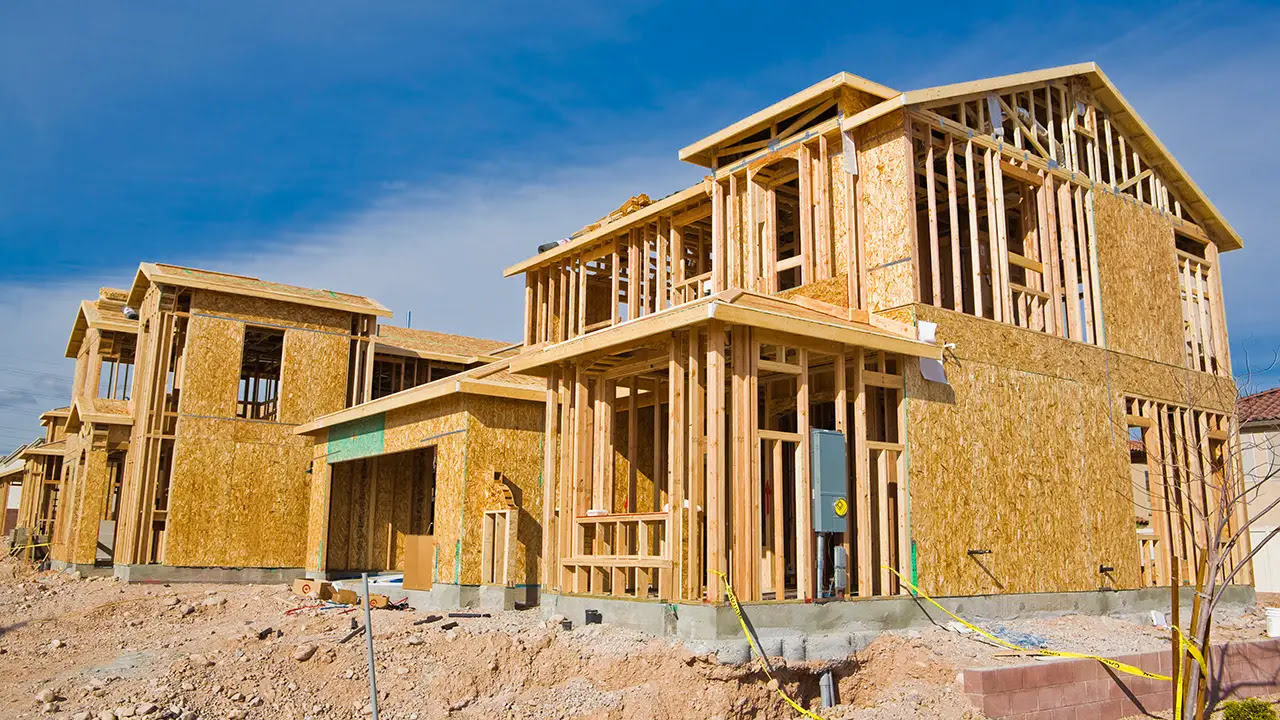
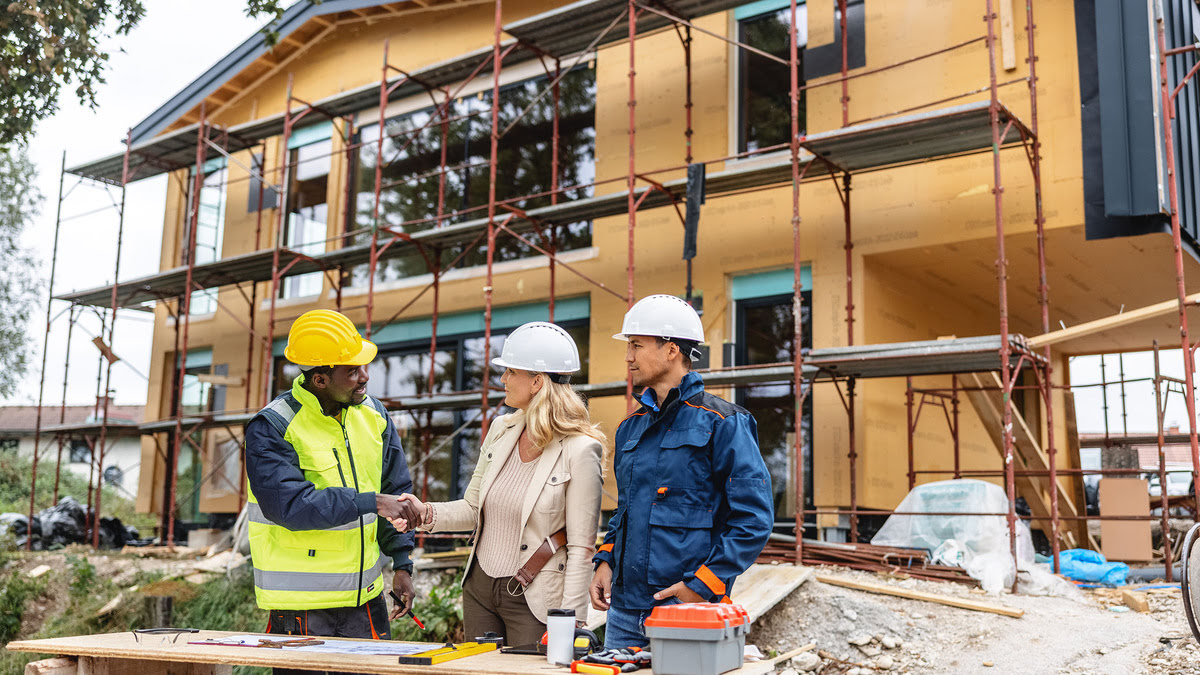


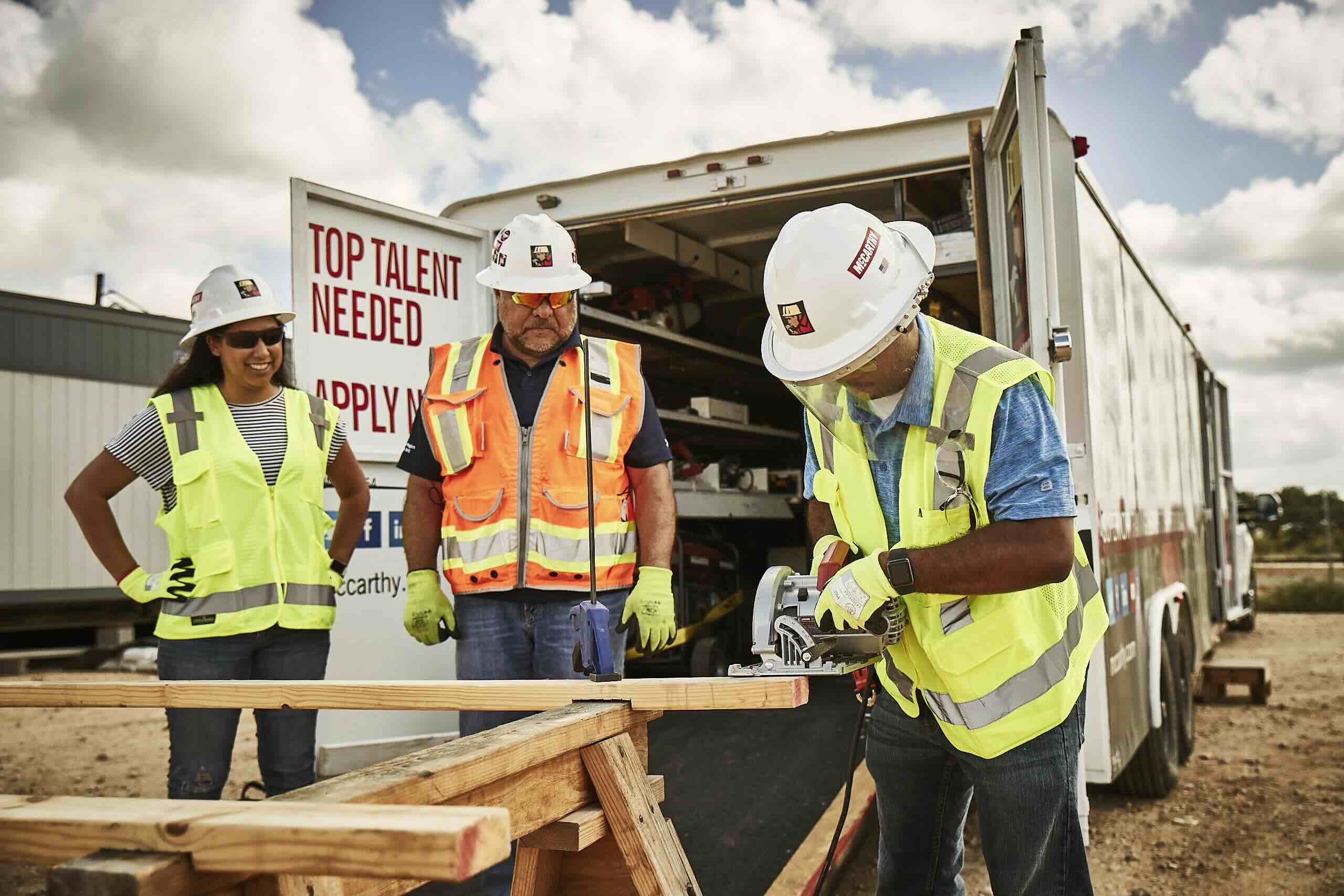
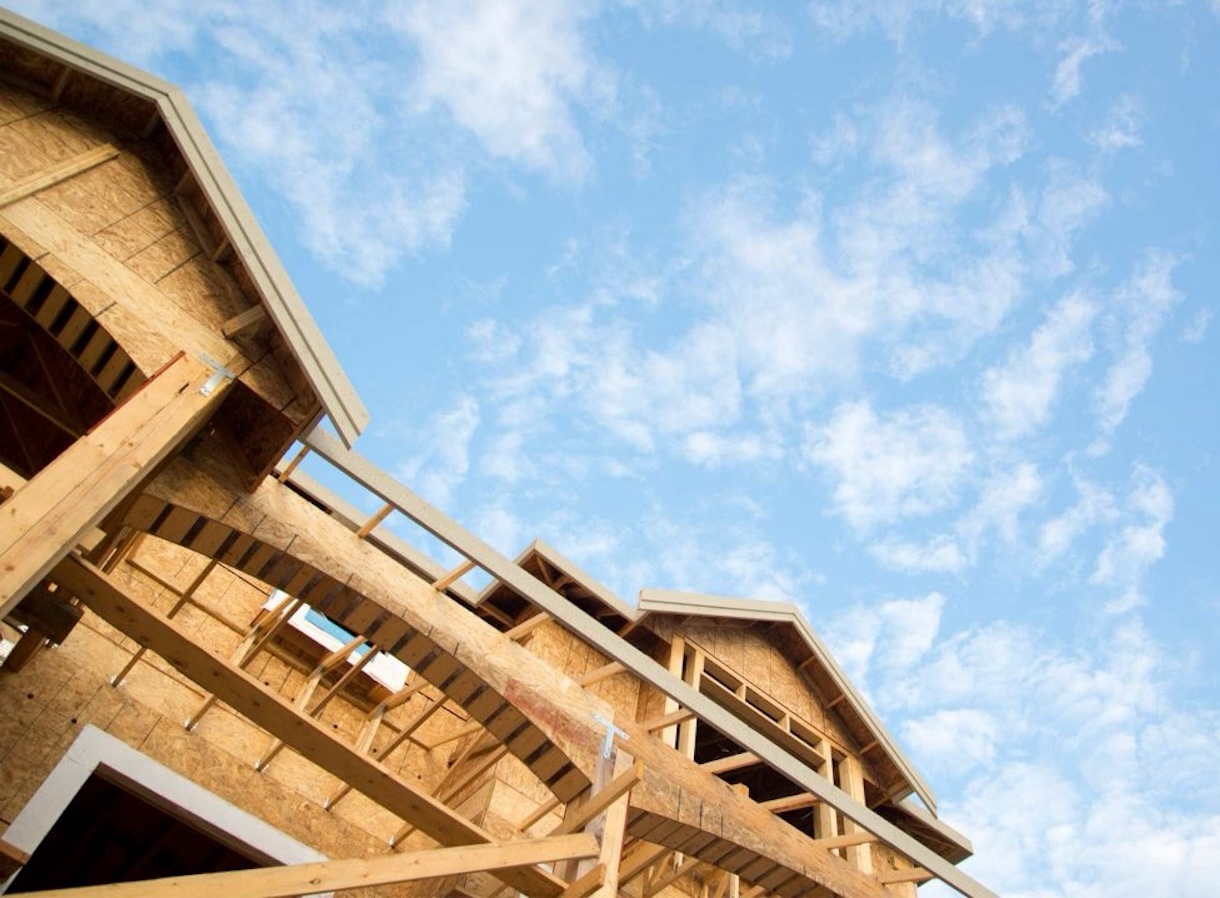
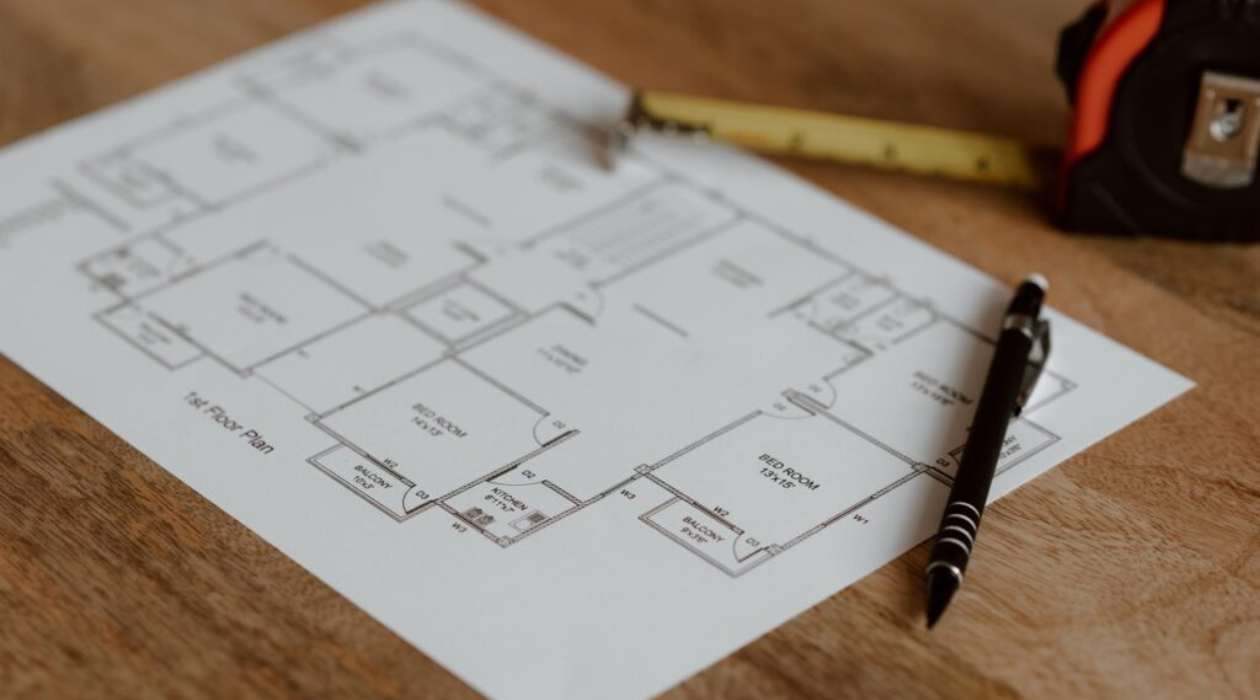

0 thoughts on “How Does A New Home Construction Loan Work”